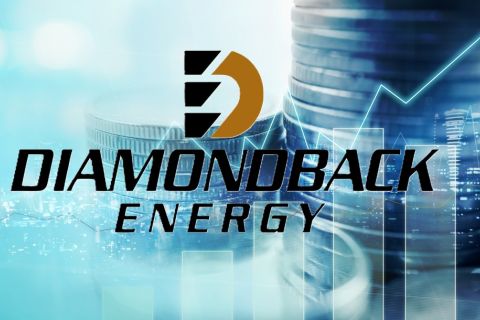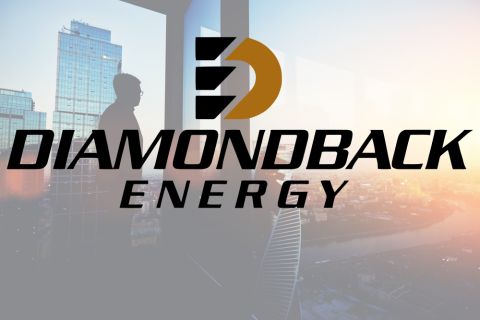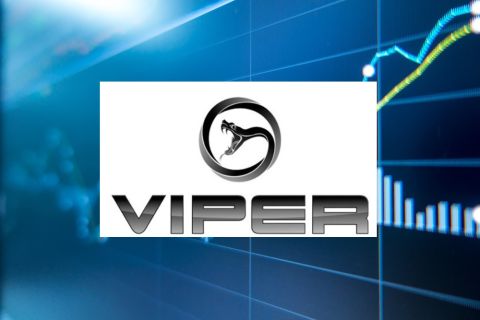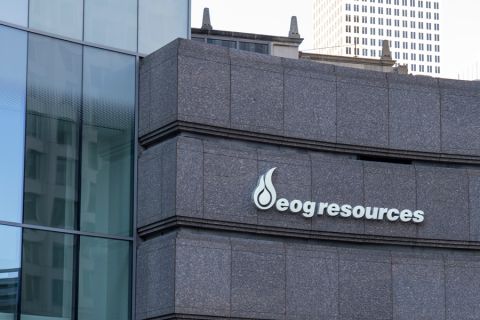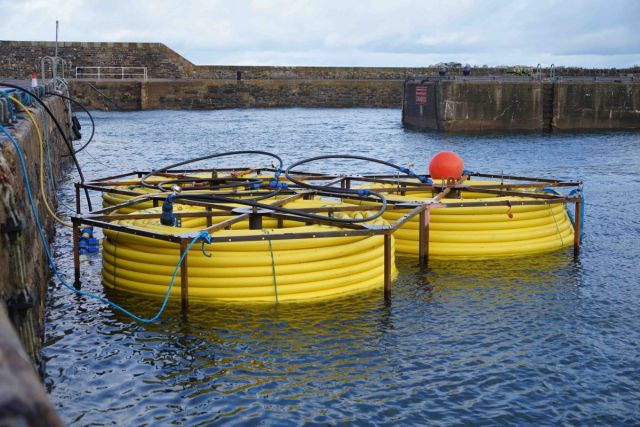
Ecosse IP's Ambient Lifter is an innovative solution to lifting subsea assets. (Source: Ecosse_IP via Twitter)
Offshore oil and gas operators can anticipate a drop in decommissioning costs from the rise of Ecosse IP’s Ambient Lifter.
The Aberdeenshire-based subsea tools and technology developer’s lifter is essentially a buoyancy device that works to maneuver and lift offshore assets. Coupled with an ROV or AUV, the highly controllable device has a harnessing power of 5 tonnes to 2,400 tonnes utilized for a range of subsea operations like construction, removal and redeployment of equipment.
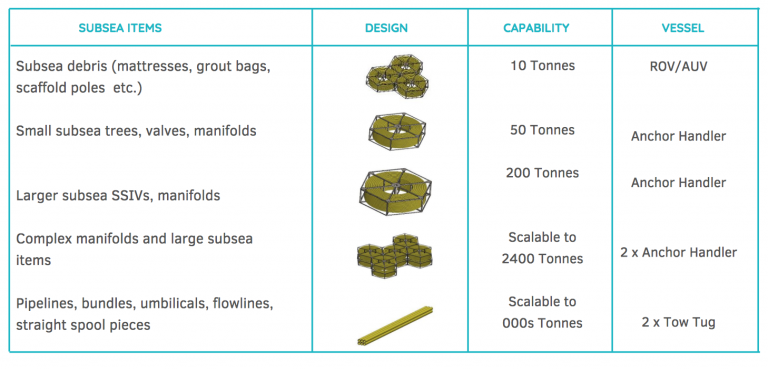
According to Ecosse, the Ambient Lifter was modeled around Archimedes’ Principle—a theory that a partially or completely immersed object in fluid is buoyed up by a force equal to the weight of the fluid displaced by the object.
“In simplified terms, it is a coil of pipe, in a metal frame, which is filled with water and air separated by a specialist gel pig. By increasing or decreasing the volume of water neutral buoyancy is achieved, thereby lifting subsea objects,” Ecosse said in a press release.
Backed by funding from The Oil & Gas Technology Centre (OGTC) and additional help from its decommissioning team, Ecosse recently completed field trials of the device in the United Kingdom’s Buckie Harbour.
Susi Wiseman, OGTC’s project manager, said the results showed “the potential to reduce subsea decommissioning costs by up to 40%, worth nearly £35 million [US$43 million] over the next decade.”
“Potentially the AUV, or ROV, and ambient can be deployed offshore and monitored and operated from onshore. With an AUV it has the potential to go back and recharge when its battery is getting low, so the ambient can remain underwater for a number of months potentially and carry out scopes for subsea construction or subsea commissioning,” Dorothy Burke, Ecosse IP’s managing director, told HartEnergy.com.
Burke said this development will cut the need for expensive heavy-lift surface vessels or cranes, divers and offshore crews. Alternatively, tagging in safety for personnel by eliminating the threat of offshore challenges and—if desired but not necessary—cheaper, low-lift vessels.
“The current alternative with some of the projects is using airbags which are subject to Boyle’s Law meaning as they move to the surface the gas within them expands, so they can rush to the surface and potentially entangle divers or spill air and drop the object that they’re lifting on the diver. The beauty of Ambient is that it’s very controllable, so you have a very controlled lifting through the water.
“We’re interested in replacing divers completely, so the entire operation is carried out with ROV and Ambient, making it all safer,” Burke said.
By replacing heavy-lift vessels, the ROV-Ambient duo can carry out subsea construction while the main vessel simply offloads the items before performing other tasks.
“The cost of subsea construction is very expensive since a heavy lift vessel has to be there for all the operations whereas with Ambient and ROV, the vessel could come and store all the items for the subsea construction and the lifter could work away and do the installation for subsea items,” Burke said. “That’s where we see the biggest game-charger in terms of the way the industry does things, and the ability to make things a lot more cost-effective for much smaller fields and deposits to become economic.
Although initial testing is focused in the North Sea, Burke has plans to build the ambient out globally to the Gulf of Mexico, Norway, Australia, Brazil and other markets.
“We’re looking to construct ambient lifters in the U.S. to facilitate areas like the offshore wind market which is somewhat constrained by the Jones Act and the lack of available heavy lift vessels that can carry wind turbines,” she said.
Looking forward, Burke said she anticipates mobilizing a live commercial project in Q2 or Q3 of 2019 and double digit growth and revenue over the next few years.
Recommended Reading
Endeavor Integration Brings Capital Efficiency, Durability to Diamondback
2024-02-22 - The combined Diamondback-Endeavor deal is expected to realize $3 billion in synergies and have 12 years of sub-$40/bbl breakeven inventory.
Diamondback Announces Executive Leadership Promotions
2024-02-21 - Diamondback Energy’s leadership changes follow the company’s previously announced $26 billion merger with Endeavor Energy.
Viper Energy Announces Pricing of Diamondback’s Secondary Common Stock Offering
2024-03-06 - Viper Energy will not receive any of the gross proceeds from Diamondback’s secondary offering of its Class A common stock.
73-year Wildcatter Herbert Hunt, 95, Passes Away
2024-04-12 - Industry leader Herbert Hunt was instrumental in dual-lateral development, opening the North Sea to oil and gas development and discovering Libya’s Sarir Field.
EOG Resources Wildcatting Veteran Billy Helms to Retire
2024-04-02 - Joining an EOG Resources predecessor in 1981, Helms is among the pre-1986-oil-bust generation who later found success in shale.

